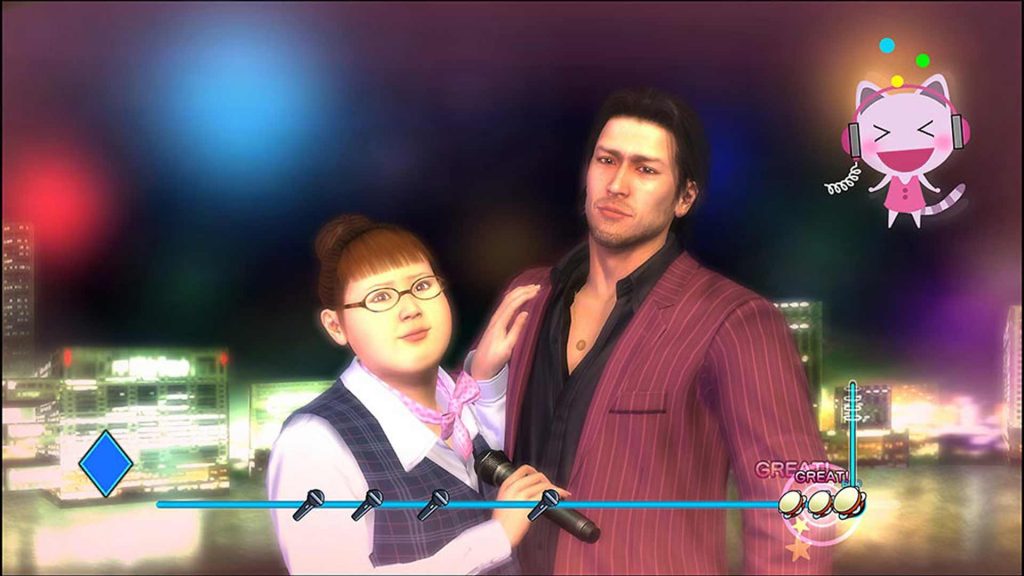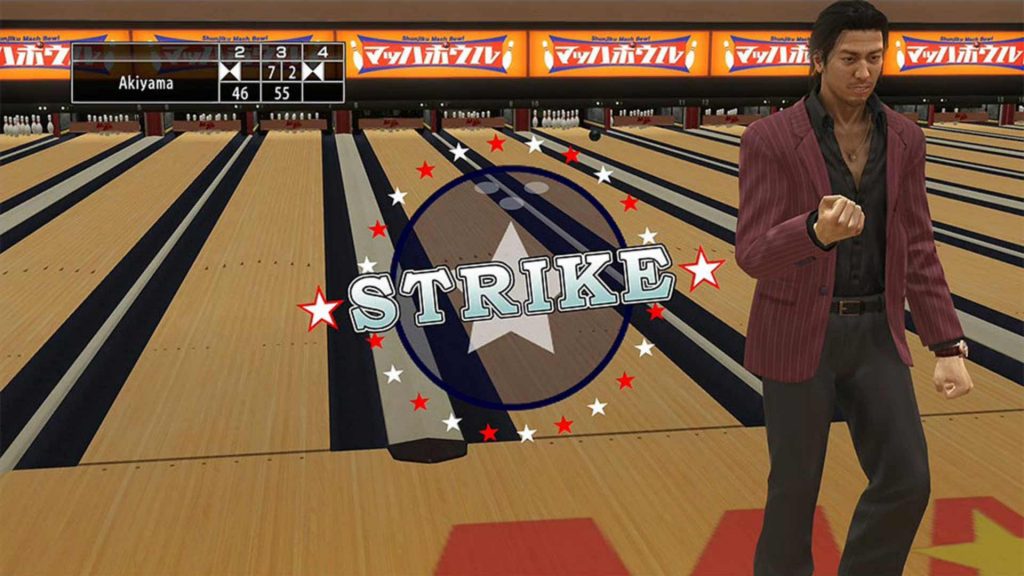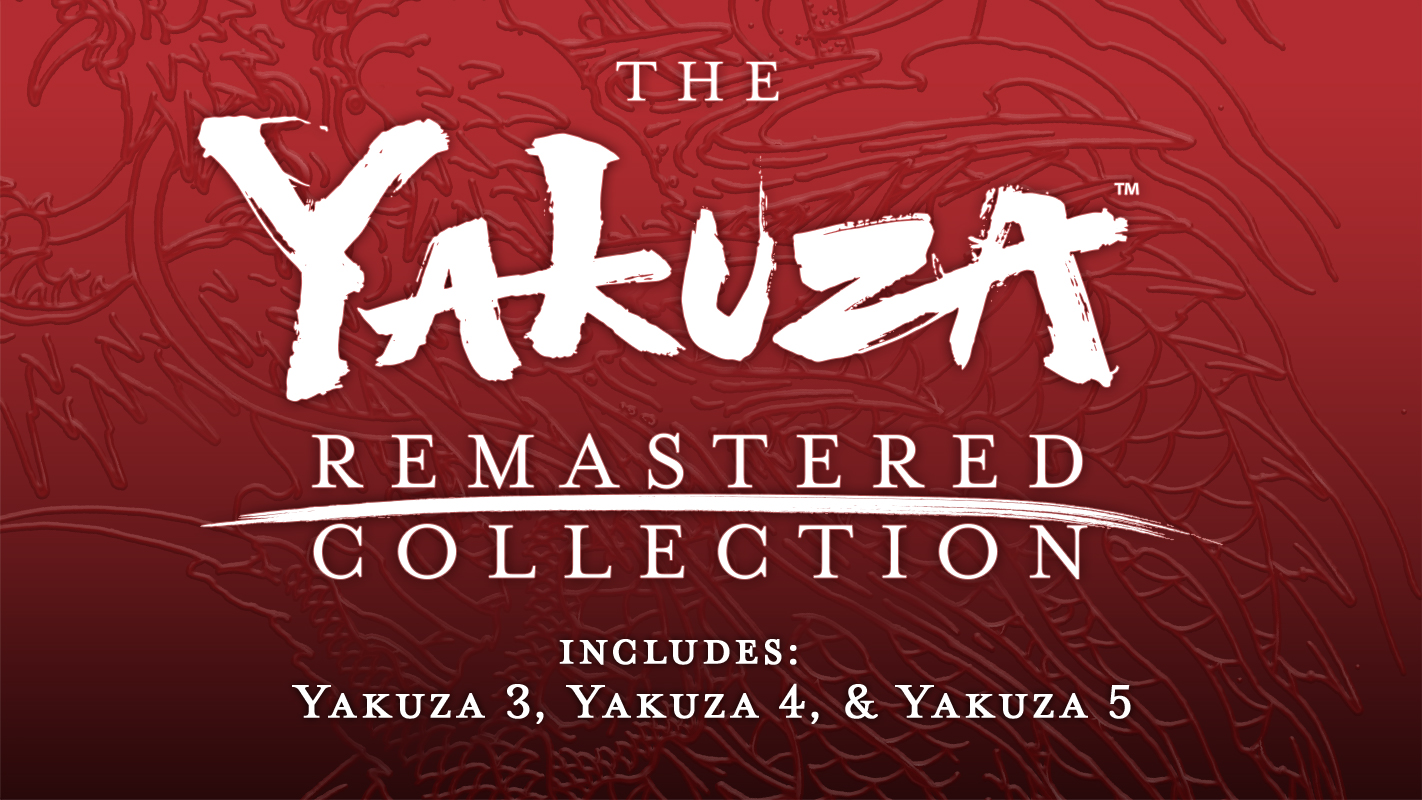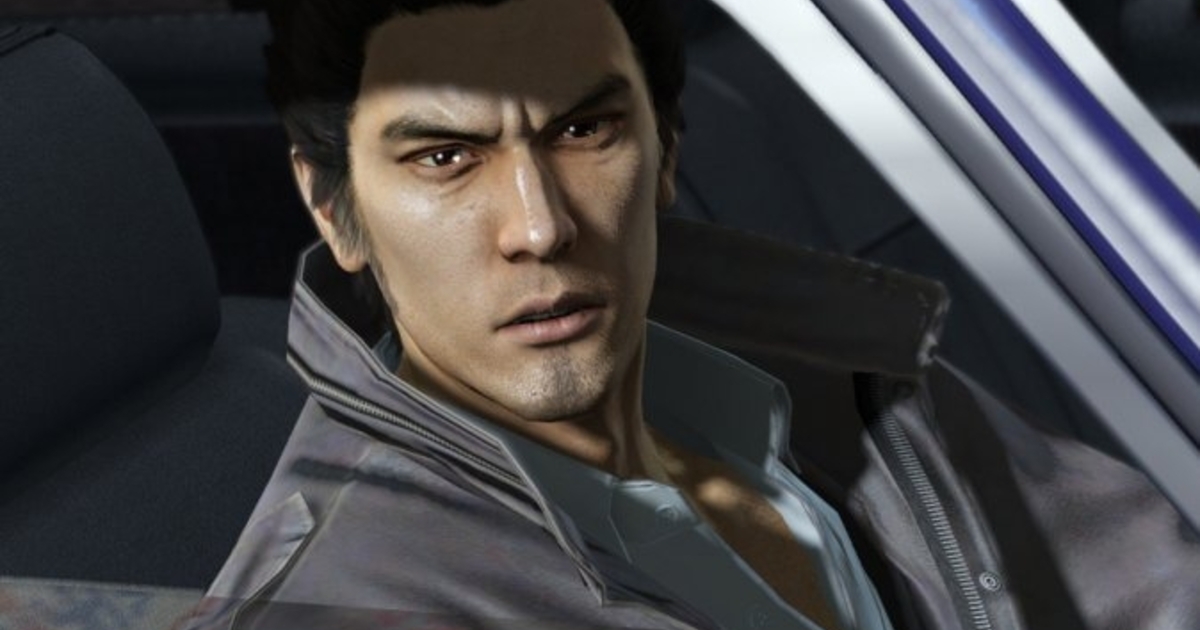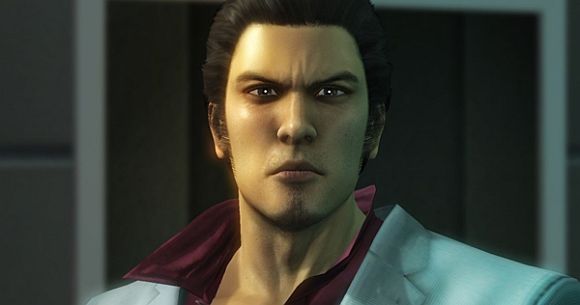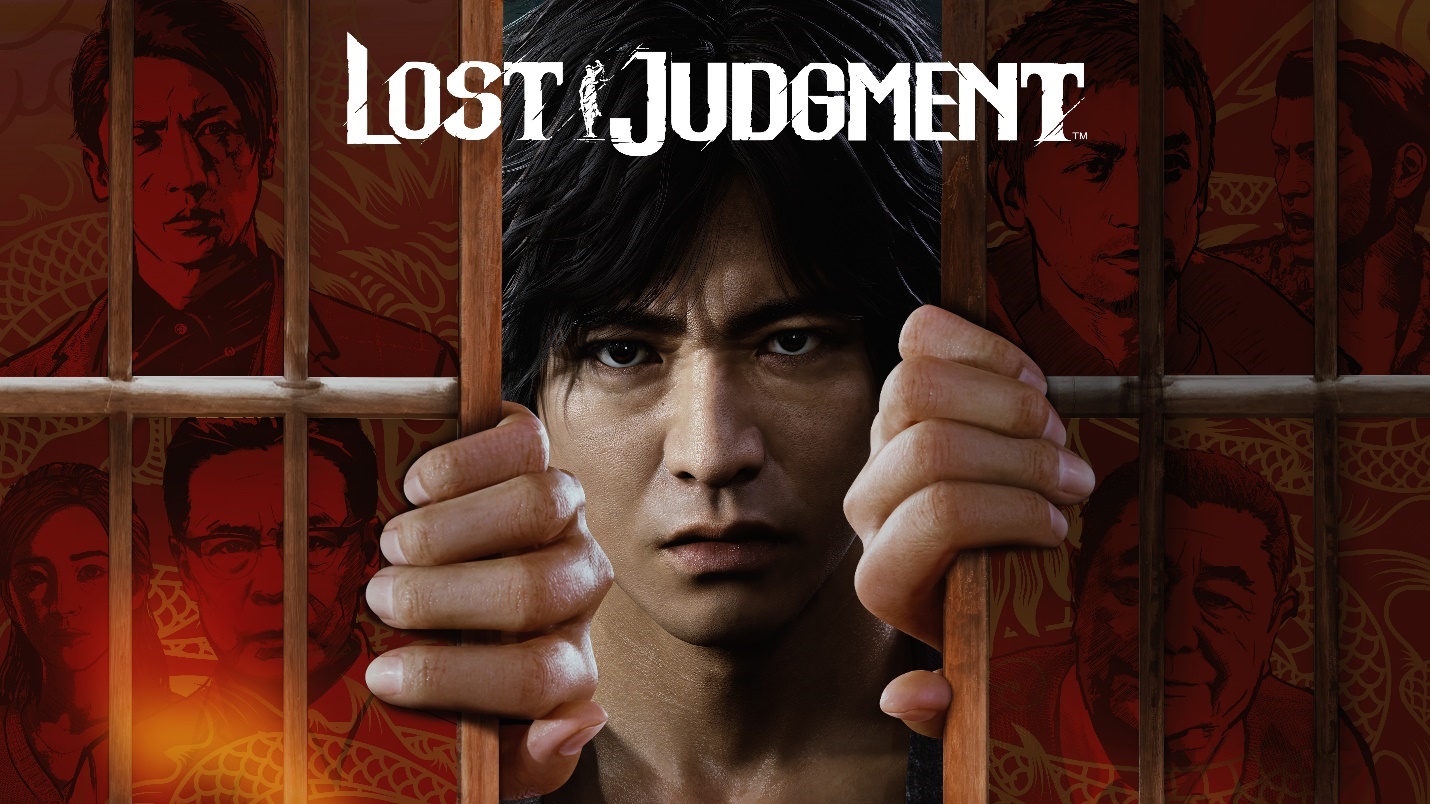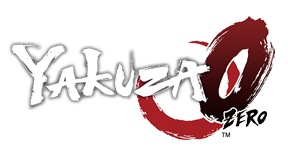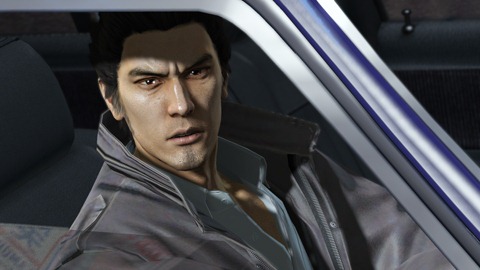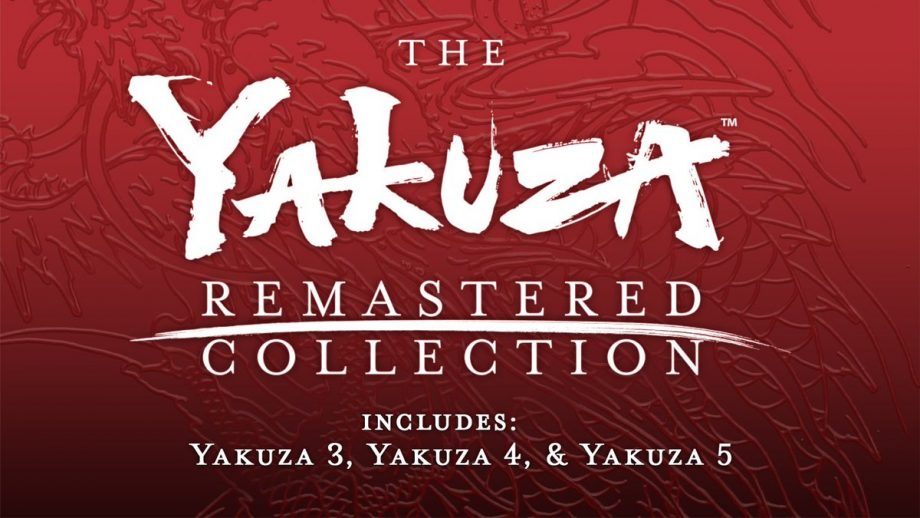
On the PlayStation 4, Sega’s Yakuza series has enjoyed a recent surge in popularity, with a string of well-liked entries from Yakuza 0 to Yakuza 6, and even spinoffs like Judgment and Fist of the North Star: Lost Paradise. It incentivised Sega a couple of years ago to give top-to-tail remakes of the first two Yakuza games on PlayStation 2, with Yakuza Kiwami and Yakuza Kiwami 2, giving us nearly every entry in the series on the one platform. Now, finally, The Yakuza Remastered Collection fills out the remaining catalogue by making every main Yakuza game playable for PS4, updating the three PS3 entries Yakuza 3, 4 and 5, albeit in a less dramatic way than the Kiwami remakes.
Whereas those games were complete graphical and mechanical overhauls, to update the visuals, storytelling and gameplay to a modern standard using more recent engines, The Yakuza Remastered Collection is a less drastic affair, although it still shines with a boatload of effort. The three games retain their original engines and visuals, albeit running at 1080p at 60fps. Character models, which were originally very well detailed for the time, still shine while some textures like Kiryu’s shirt in Yakuza 3 are blurry and don’t hold up well at all. This collection also retains all of the games’ original features and quirks. They are very much products of their era, from 2009-2012, although they are still very good examples of the pretty cool stuff developers could wring out of PS3 hardware in those years. More interestingly, the English localisation for all three games has been meticulously and completely reviewed and revised to bring it in line with the quality of recent entries, while missing features such as the hostess mini-game from Yakuza 3 have been added back in. There’s also a change that makes it somewhat less authentic – the actor for one of the main protagonists of Yakuza 4, Masayoshi Tanimura, has been recast, resulting in a pretty drastic change in both the character’s look and sound.
If you’re familiar at all with the Yakuza series, then it’s probably from the litany of meme-worthy side content and strange moments that fill every entry. Yakuza has a way of combining super dramatic and quite believable Yakuza political storytelling, with complete nonsense in its side activities. While the main narrative is the thrust of each game, you’ll likely spend just as much time fishing, playing golf, darts, bowling, billiards, Virtua Fighter 2, gambling or dressing up girls with the prettiest dresses to score fat tips at a cabaret club. The weirdness is part of the series’ charm, and it wouldn’t work as well as it does without Kazuma Kiryu, the unflappable protagonist of every game. While beginning life climbing the ranks of the Yakuza in early games (and 0), Kiryu is unusually compassionate and kind for a member of the Japanese Mafia, so much so that he runs headlong into any hard-luck case that comes his way, able to solve generally any problem with his fists, and always an ally to the downtrodden or needy. He’s Superman if he grew up working for the mob, and like Superman, he deals with a lot of weird shit he just rolls with. He’s the uniting force between the serious and the surreal, and played perfectly.
That said, strictly speaking all three games could be classified as brawlers, as most of the action is driven by the combat, which remains very similar to every other Yakuza game if you’re familiar with the basics. Kiryu typically faces groups of thugs, and can unleash flurries of attacks to build up his ‘heat’ meter, which allows for more damaging attacks and special cinematic moves that take advantage of your weapon or environment to genuinely look painful. Some of the most fun comes from the objects in the environment you can pick up to beat your enemies senseless with, whether it’s bicycles on the street, 3-seater couches in an office or 6-foot long frozen fish from a market. If you’re coming from other Yakuza games on the PS4, the combat does feel more basic, especially in Yakuza 3, missing the amusing physics, various styles and better progression systems you might be used to. Yakuza 4 and 5 fare better, as they feature multiple characters with different styles that help change things up a little.
Yakuza 3 is also the slowest to get going out of the three, and also suffers the most from feeling its age. It follows Kiryu as he’s given up the Yakuza lifestyle, leaving behind the powerful Tojo Clan in order to run an orphanage on the tiny island of Okinawa – and a significant part of the first half of the game involves his exploits looking after the kids, settling disputes with bullies, and generally not feeling much at all like a game with the title ‘Yakuza 3′. However, a plot to seize the land in Okinawa (on which his orphanage resides) draws him back in to the underworld to defend both the Tojo Clan and his newfound peace. If you’ve played all the other Yakuza titles, it feels refreshing to take a break and see Kiryu actually at peace and somewhat enjoying the island life he always dreamed of, helping children and being the best crime-boss dad anyone could ask for. If this is your introduction to the series, I can see it being a little trying, as while Okinawa is idyllic, pretty and has its own character, it takes a while to get to the action back in Tokyo’s Kamurocho district.
That’s not a problem in Yakuza 4, which takes place entirely in Kamurocho. Introducing three new playable characters alongside Kiryu, including the incomparable Shun Akiyama, a loan shark who becomes involved with others in investigating a series of underworld murders. It expands into almost four mini-Yakuza games, as each protagonist has their own storyline, before it all combines in the end with a final chapter that brings them all together. Running on the same engine as Yakuza 3, it feels similarly aged, but the changing characters and separate stories help it feel fresher and more engaging than its predecessor.
Finally, Yakuza 5 is probably the pick of the trio, feeling the most contemporary with a newer graphics engine, and a globe-trotting (well, Japan-trotting) approach that takes you from Kamurocho to Osaka, Sapporo, Nagoya and Fukuoka. Again featuring multiple protagonists, including for the first time Kiryu’s charge Haruka as a main playable character, it follows the fallout from the Tojo Clan’s efforts to maintain stability, as their partnership with their biggest rival seems set to disintegrate with its leader’s terminal illness. There’s a lot of betrayals, intrigue and drama, but there’s also driving as a proper mechanic for the first time in the series, and – more importantly – dance battles.
If you’re looking to get into the Yakuza series, I would say there are better entry points – Yakuza 0 and Kiwami can be found cheaper now, and offer much more modern experiences, with many quality-of-life improvements that are expected in this day and age. However, for the Yakuza addicts out there who are already under the series’ spell, The Yakuza Remastered Collection is an excellent way to see the entire Yakuza story, and fills in all the blanks that were missing if you’ve only encountered this series on the PS4. And, there’s the fact that even a slow and slightly dated Yakuza game is still a Yakuza game, which means its brimming with a lengthy story, fun combat, over-the-top characters and hours of side-content – and you get three of them in this package. It’s a great deal to see the missing chapters from the Kiryu saga, presented better than they ever have been before.
- Three solid, jam-packed Yakuza entries fill out the series finally on PS4 - Deep, complex stories that balance drama with silliness - Huge variety of side activities and quests to engage with - Runs better than the games ever have, at 60fps - Kiryu is everyone's perfect husband
- These PS3 titles are showing their age and could have benefited from the full Kiwami treatment - Basic movement, combat, physics, structure and progression compared to later titles on PS4, especially in Yakuza 3


